1. Overview of Which vs That Grammar
In the realm of grammar, "which" and "that" serve to introduce relative clauses, but their functions diverge significantly. For instance, consider the sentences: "The book that I borrowed was fascinating" versus "The book, which I had on loan, was fascinating." The choice between these words impacts the sentence's meaning.
"The book that I borrowed was fascinating."
"The book, which I had on loan, was fascinating."
2. Distinguishing Between Which and That
The primary distinction lies in their introduction of different types of clauses. "That" is used for restrictive clauses essential to the noun it modifies: "The painting that won the award is on display." Here, the clause specifies which painting is being discussed. Conversely, "which" introduces non-restrictive clauses, offering additional information without limiting the noun's identity: "The painting, which won the award, is on display."
3. Correct Usage of Which and That
Determining the correct choice requires assessing whether the clause is essential to the sentence's meaning. For essential information, "that" is used without commas: "The documentary that changed my perspective is now streaming." For supplementary details, "which" is appropriate and is set off by commas: "The documentary, which changed my perspective, is now streaming."
In the realm of grammar, "which" and "that" serve to introduce relative clauses, but their functions diverge significantly. For instance, consider the sentences: "The book that I borrowed was fascinating" versus "The book, which I had on loan, was fascinating." The choice between these words impacts the sentence's meaning.
"The book that I borrowed was fascinating."
- Use of "that": The word "that" introduces a restrictive relative clause, indicating that the clause it introduces is essential to the identity of the noun it modifies. In this case, "that I borrowed" is a restrictive clause specifying exactly which book the speaker found fascinating. Out of potentially many books, the specific one borrowed by the speaker was fascinating. The use of "that" here suggests there is a particular book in question, and its being borrowed is crucial to identifying it.
"The book, which I had on loan, was fascinating."
- Use of "which": Conversely, "which" introduces a non-restrictive or explanatory relative clause, which provides additional information about the noun but is not essential to its identification. The clause "which I had on loan" is set off by commas, indicating it's an aside or extra detail rather than a critical piece of identifying information. This sentence suggests that the book (presumably already known to the listener or reader through context) was fascinating, and it just so happens to have been on loan. The fascinating nature of the book is not exclusively tied to the fact that it was on loan; the detail is supplementary rather than restrictive.
2. Distinguishing Between Which and That
The primary distinction lies in their introduction of different types of clauses. "That" is used for restrictive clauses essential to the noun it modifies: "The painting that won the award is on display." Here, the clause specifies which painting is being discussed. Conversely, "which" introduces non-restrictive clauses, offering additional information without limiting the noun's identity: "The painting, which won the award, is on display."
3. Correct Usage of Which and That
Determining the correct choice requires assessing whether the clause is essential to the sentence's meaning. For essential information, "that" is used without commas: "The documentary that changed my perspective is now streaming." For supplementary details, "which" is appropriate and is set off by commas: "The documentary, which changed my perspective, is now streaming."

4. Common Errors with Which and That
A frequent mistake is using "which" instead of "that," leading to ambiguity. Another error involves misplacing commas, especially with restrictive clauses where they are not needed.
Let's delve into these issues in more detail:
Misusing "Which" for "That"
One of the most prevalent errors in writing is substituting "which" in places where "that" should be used. This mistake typically arises from misunderstanding the essential (restrictive) versus non-essential (non-restrictive) nature of the information being added to the sentence.
Example of Error: "The car which was parked outside was stolen."
Here, the intent might be to specify exactly which car was stolen (implying that the car being parked outside is a defining characteristic that sets it apart from others). However, using "which" suggests the information is just an extra detail, potentially leading to ambiguity about whether the location of the car is crucial to identifying it.
Corrected Version: "The car that was parked outside was stolen."
This correctly implies the car's being parked outside is essential to identifying which car was stolen.
Misplacing Commas with Restrictive Clauses
Another common mistake is the incorrect placement of commas when using restrictive clauses. Commas are not used with "that" because the information it introduces is essential to the sentence. Inserting commas can unintentionally transform a restrictive clause into a non-restrictive one, changing the sentence's meaning.
Example of Error: "The documents, that contain sensitive information, were left on the desk." The commas suggest the clause "that contain sensitive information" is an additional detail rather than a crucial identifier, which could confuse readers about the importance of the information to the identity of the documents.
Corrected Version: "The documents that contain sensitive information were left on the desk." Without commas, it's clear the nature of the documents is central to the sentence's meaning.
A frequent mistake is using "which" instead of "that," leading to ambiguity. Another error involves misplacing commas, especially with restrictive clauses where they are not needed.
Let's delve into these issues in more detail:
Misusing "Which" for "That"
One of the most prevalent errors in writing is substituting "which" in places where "that" should be used. This mistake typically arises from misunderstanding the essential (restrictive) versus non-essential (non-restrictive) nature of the information being added to the sentence.
Example of Error: "The car which was parked outside was stolen."
Here, the intent might be to specify exactly which car was stolen (implying that the car being parked outside is a defining characteristic that sets it apart from others). However, using "which" suggests the information is just an extra detail, potentially leading to ambiguity about whether the location of the car is crucial to identifying it.
Corrected Version: "The car that was parked outside was stolen."
This correctly implies the car's being parked outside is essential to identifying which car was stolen.
Misplacing Commas with Restrictive Clauses
Another common mistake is the incorrect placement of commas when using restrictive clauses. Commas are not used with "that" because the information it introduces is essential to the sentence. Inserting commas can unintentionally transform a restrictive clause into a non-restrictive one, changing the sentence's meaning.
Example of Error: "The documents, that contain sensitive information, were left on the desk." The commas suggest the clause "that contain sensitive information" is an additional detail rather than a crucial identifier, which could confuse readers about the importance of the information to the identity of the documents.
Corrected Version: "The documents that contain sensitive information were left on the desk." Without commas, it's clear the nature of the documents is central to the sentence's meaning.
5. Tips for Mastering Which vs That
6. Practice Exercises
Experiment with sentence construction by alternating between "which" and "that" to notice the change in meaning. For example, "The pie that my grandmother makes is my favourite" specifies a particular pie, whereas "The pie, which my grandmother makes, is my favourite" suggests all pies made by the grandmother are favoured.
7. Enhancing Writing Through Proper Use of Which and That
A nuanced understanding of "which" and "that" can refine one's writing, ensuring the conveyance of ideas is precise and accurate. This knowledge improves grammatical correctness and enhances the reader's comprehension of the text.
The distinction between "which" and "that" may seem subtle. Still, a good understanding is essential for clear and effective writing.
- Practice identifying essential versus additional information in sentences.
- Read various texts to observe the application of "which" and "that."
- While grammar check tools are helpful, rely on your understanding of these rules for accuracy.
6. Practice Exercises
Experiment with sentence construction by alternating between "which" and "that" to notice the change in meaning. For example, "The pie that my grandmother makes is my favourite" specifies a particular pie, whereas "The pie, which my grandmother makes, is my favourite" suggests all pies made by the grandmother are favoured.
7. Enhancing Writing Through Proper Use of Which and That
A nuanced understanding of "which" and "that" can refine one's writing, ensuring the conveyance of ideas is precise and accurate. This knowledge improves grammatical correctness and enhances the reader's comprehension of the text.
The distinction between "which" and "that" may seem subtle. Still, a good understanding is essential for clear and effective writing.

